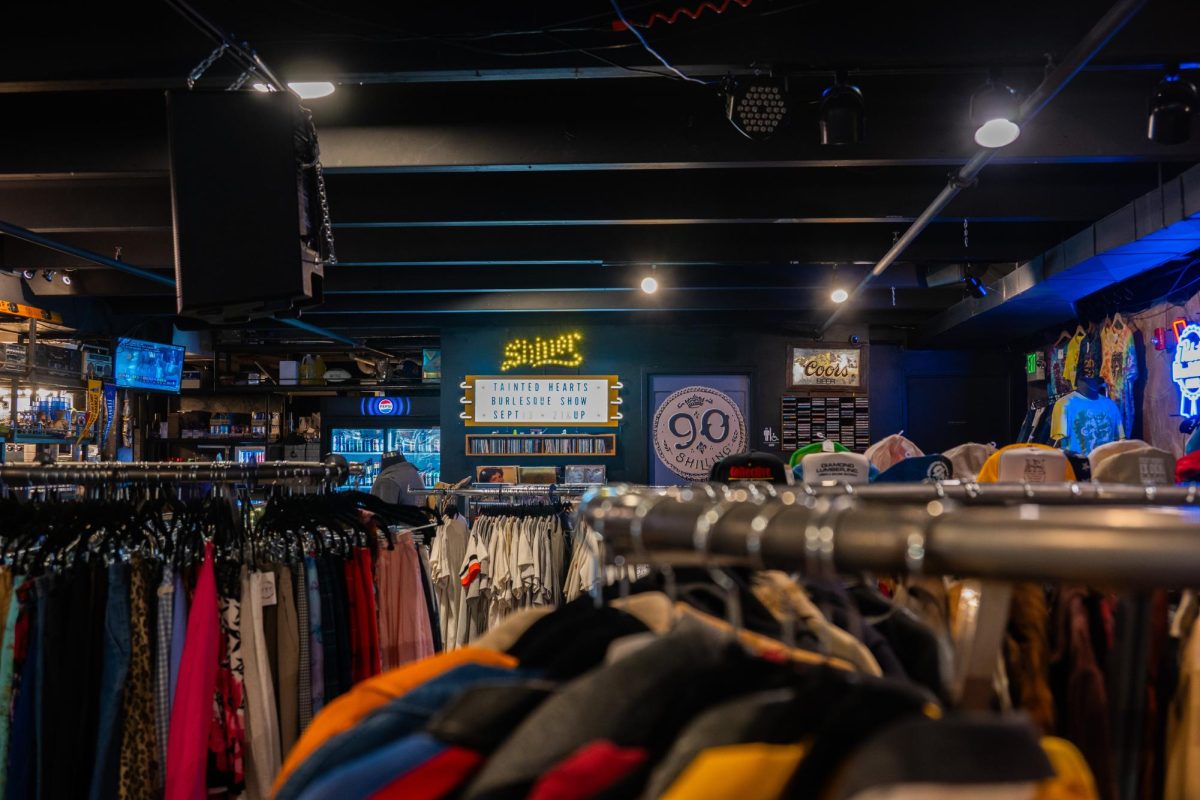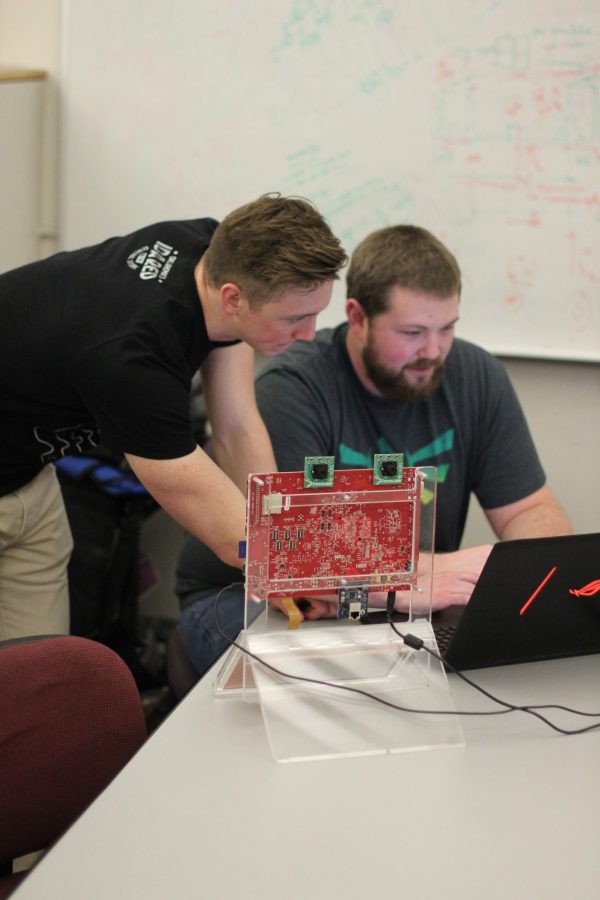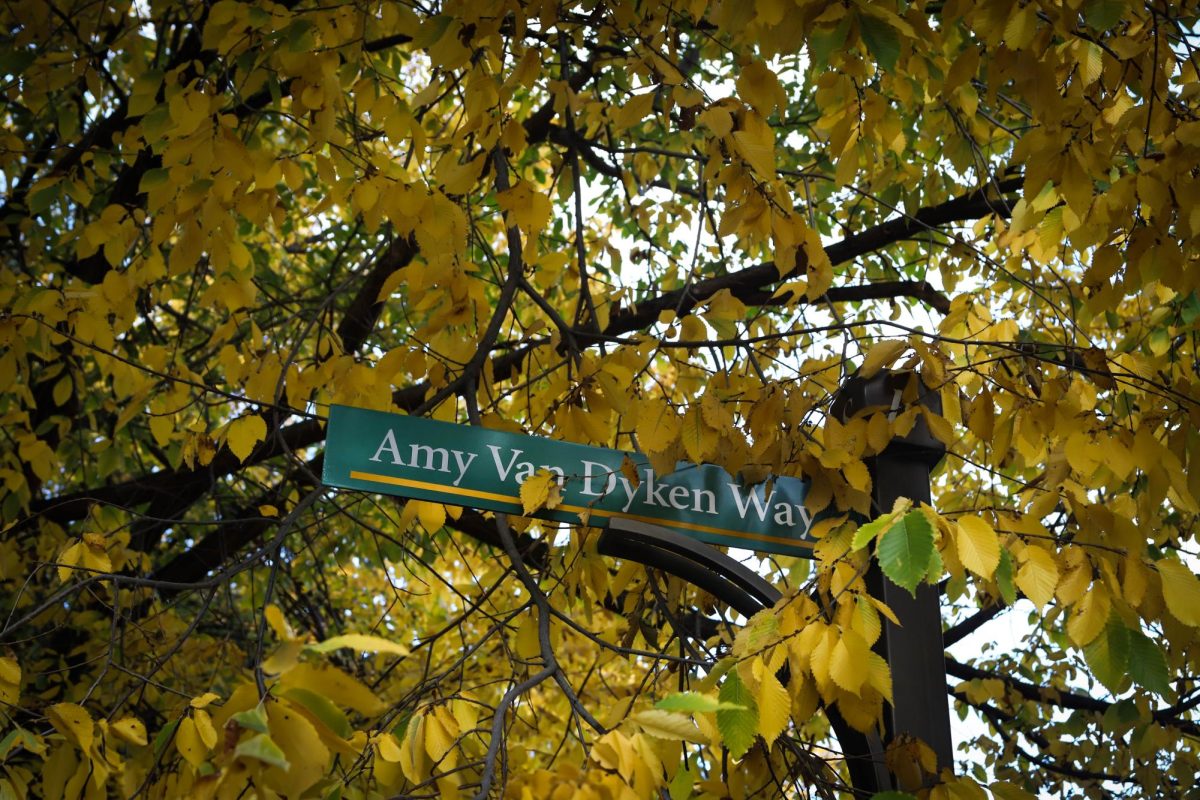You’re driving home late at night, exhausted from a long day at work. As you drive, your mind numbs and your eyes begin to droop, causing you to drift into the lane of oncoming traffic. Just as you are about to collide with another vehicle, your car takes control and steers you back into safety.
According to the U.S. Department of Transportation, human error is the cause of more than 90 percent of traffic crashes. A group of electrical and computer engineering students at Colorado State University are working to make up for some of that error by developing an Advanced Driver Assistance System that will assist drivers in being safer on the road.
Computer engineering senior Jordan Tunnell is the project leader for the ADAS team.
“ADAS can be anywhere from automatic braking to even just blinking a light every time you’ve passed through a lane,” Tunnell said.

The project is in its second year of development as part of the EcoCAR 3 competition, which is in its third year overall. Sponsored by the U.S. Department of Energy and General Motors, the competition challenges 16 collegiate teams from the United States and Canada to redesign a Chevrolet Camaro and make it more energy efficient as well as incorporate advanced vehicle technologies.
Computer engineering and computer science senior Derek Isabelle is one of the software developers on the ADAS team.
“Pretty much all of what we do is in software,” Isabelle said. “It’s writing code to work with the computer.”
The team uses a stereovision camera and sensors to gauge depth and detect the location of objects around the car and lane departure. They do this by using algorithms to train the software to recognize things like signs and cars.
“It’s a machine-learning algorithm,” Tunnell said. “We basically give it images of stop signs, the algorithm will take those images and format and recognize what a stop sign is.”
There are many challenges and things to consider when developing this technology.
“Computer vision is a really tough task,” Tunnell said. “Being able to tell a computer to where things are in space accurately is a really complicated process. There’s a lot of parts to it.”
Some important aspects to consider are the different weather and lighting conditions on the road.
“If you’re going into a tunnel, or if it’s dawn or dusk, having light into the camera means that you get nothing,” Tunnell said. “So you have to have a lot of sensors to deal with that and have algorithms that can kind of determine the weather.”
“It’s fun for us to get to work on something so cutting edge.” — Jordan Tunnell
Despite the technological challenge, the team said the work is extremely rewarding.
“There’s a lot to do,” Tunnell said. “There’s a lot to the project, but it’s fun.”
The EcoCAR 3 competition reflects many of the same goals as industry-leading companies like Tesla as they seek to develop technologically advanced vehicles and reduce greenhouse gasses in a transition to sustainable energy. These sustainable technologies and ADAS technologies go hand-in-hand.
“The automotive industry is really ramping up their ADAS software,” Tunnell said.
The CSU team has two competitions coming up in Michigan and Washington D.C. to present the progress made on their projects.
While the end of the competition is not until 2018, the EcoCAR 3 teams are a part of the next wave of innovative technology in the transportation industry.
“A lot of this stuff is new technology,” Isabelle said. “It’s fun for us to get to work on something so cutting edge.”




































